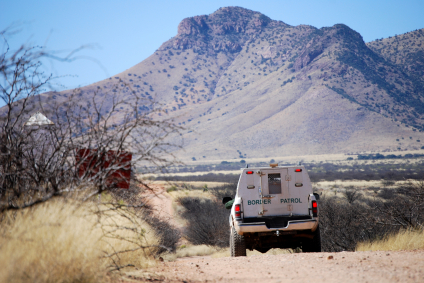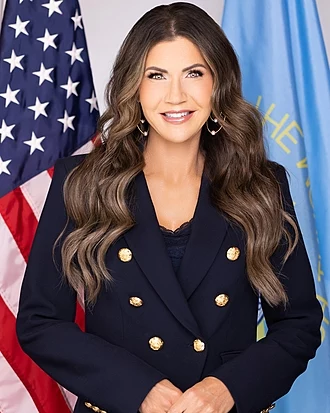 By Editorial Board
By Editorial Board
New York Times
José Antonio Elena Rodríguez was 16 when he was gunned down on a street in Nogales, Mexico, in October 2012. He was shot several times in the back by a United States Border Patrol agent, firing through the fence from Nogales, Ariz. The boy was unarmed; his family said he had been walking home from a basketball game.
The Border Patrol has insisted that the agent was defending himself from rock-throwers on the Mexican side. But a federal grand jury on Wednesday charged the agent with second-degree murder. The indictment lends credence to what José Antonio’s family and activists on both sides of the border have long insisted: that this was another senseless killing by a member of an agency notorious for the reckless use of deadly force.
The agent’s union has asked the public to withhold judgment, a fair request. But it is fair, too, for others to demand openness and accountability from the Border Patrol in this and other cross-border shootings of unarmed civilians, in which basic information and answers have been sorely lacking.
In José Antonio’s case, the agent’s claim of self-defense would seem implausible to anyone who visits the spot in hilly Nogales where the teenager fell. It is hard to imagine him throwing anything across the road, up a 25-foot embankment and then over the fence and hitting, much less hurting, anybody. A major leaguer might be able to hurl a baseball that far, but a 16-year-old boy with a dangerous rock? No.
There are a number of other cases where border agents were said to have taken dubious and lethal action. A critical 2013 report by the Police Executive Research Forum, a law enforcement policy group, seriously questioned the Border Patrol’s policies on deadly force — it found that agents would deliberately stand in the way of fleeing cars, to justify shooting at them.





